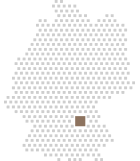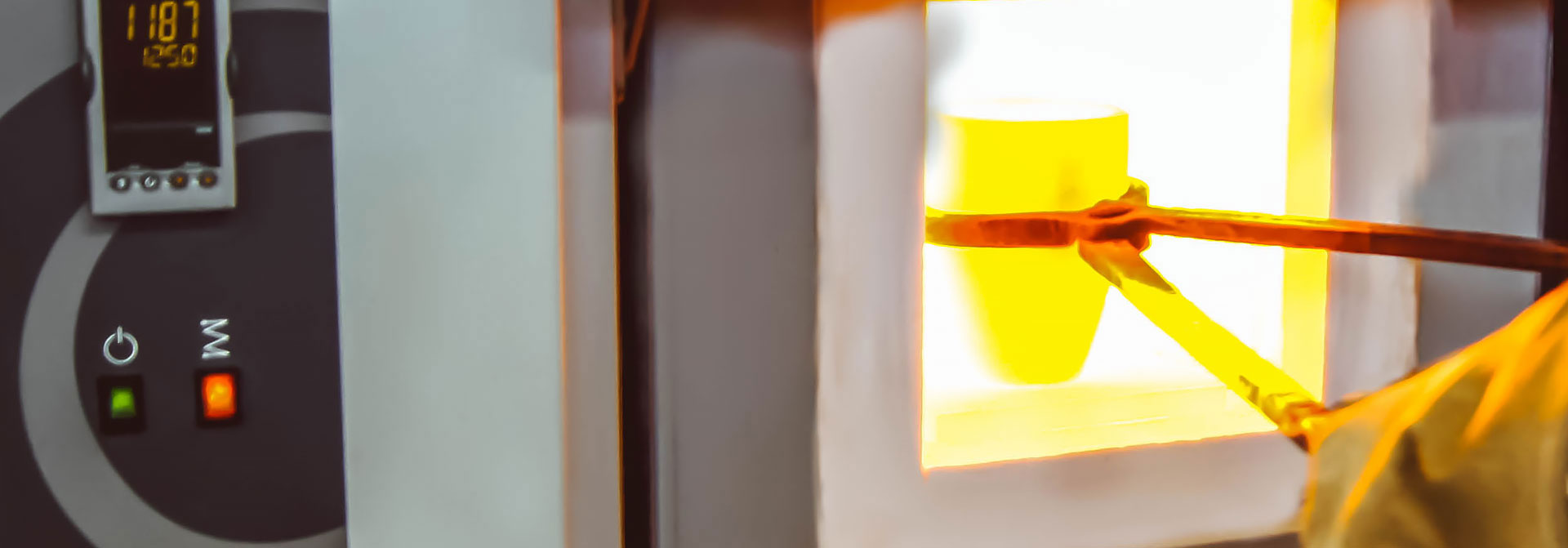Kunsthandwerk
BLATTGOLDHERSTELLUNG
In modern gold leaf production, much has changed since the Middle Ages, but the basic principle has remained the same. The laws of physics cannot be outwitted, and the special ductility of gold can only be achieved by following certain rules. The ancient recipes for the various alloys are well-kept secrets. The alloy components are mainly gold, silver, copper, palladium and platinum.
Fabrikation
SMELL
The precious metals are weighed and then melted at over 1200 °C. The liquid gold is then cast into a 4 cm wide ingot.
Fabrikation
ROLLING
In several operations, the thinnest possible gold foil is produced between precision rollers. This foil strip is cut by machine into uniform squares and placed between separator sheets.
Fabrikation
SLAY
After the first beating, the gold foil is already 10 times larger and thinner than 1µ. This is now again divided into small squares and placed in a gold beater mold with 2000 sheets.
Fabrikation
QUALITY
In the gold beater mold, the gold leaf expands from 16 cm² to 196 cm². At every step of the process, nothing is left to chance and is constantly monitored by quality control.
Fabrikation
SLAY
The automatic impact machines operate fully automatically with different impact patterns depending on the expansion state. After the second impact pass, the desired thinness of 1/7000 mm is achieved.
Fabrikation
CUTTING
Each sheet is checked and cut by hand. Then placed in booklets of tissue paper.

OLD CRAFTSMANSHIP
combines with innovative production methods







